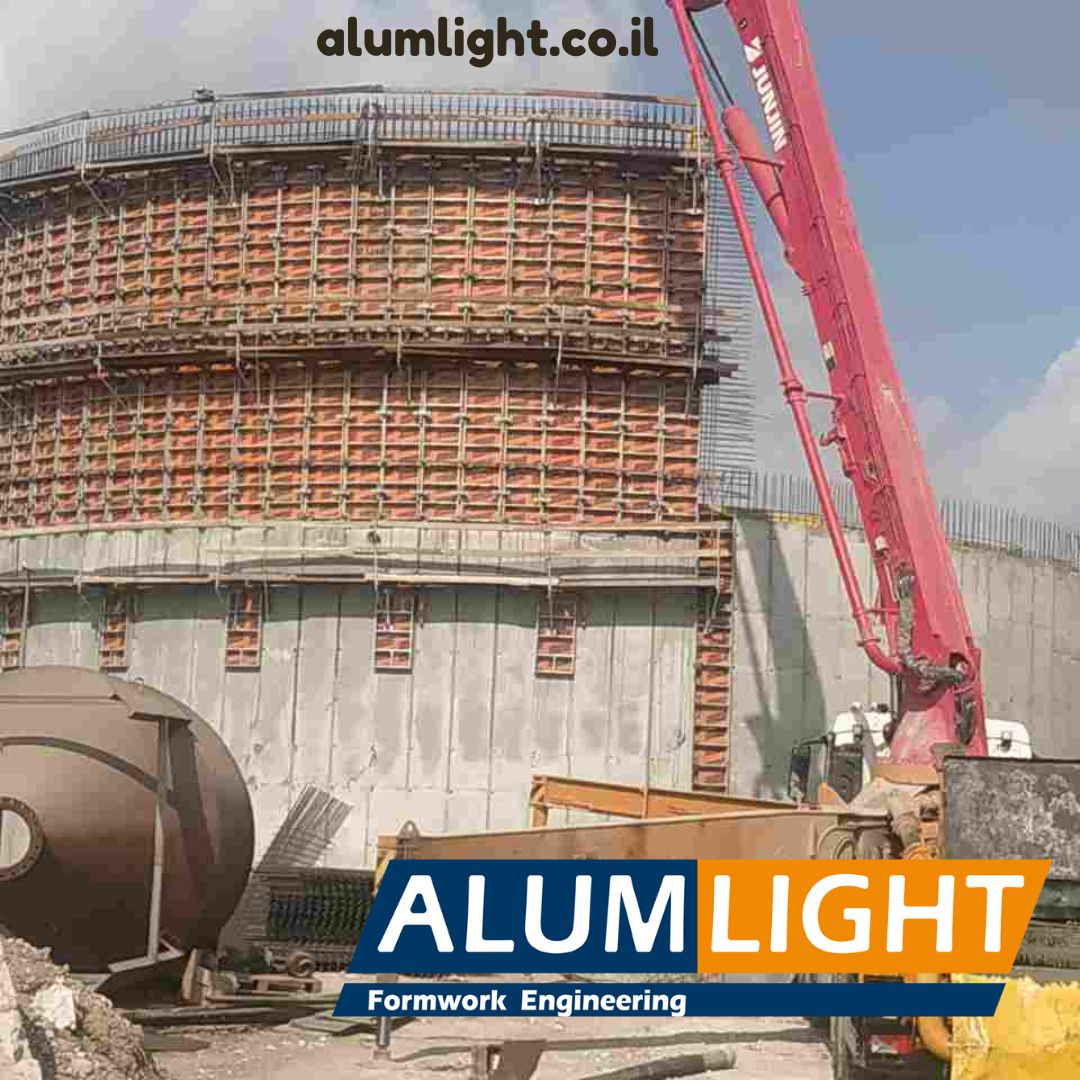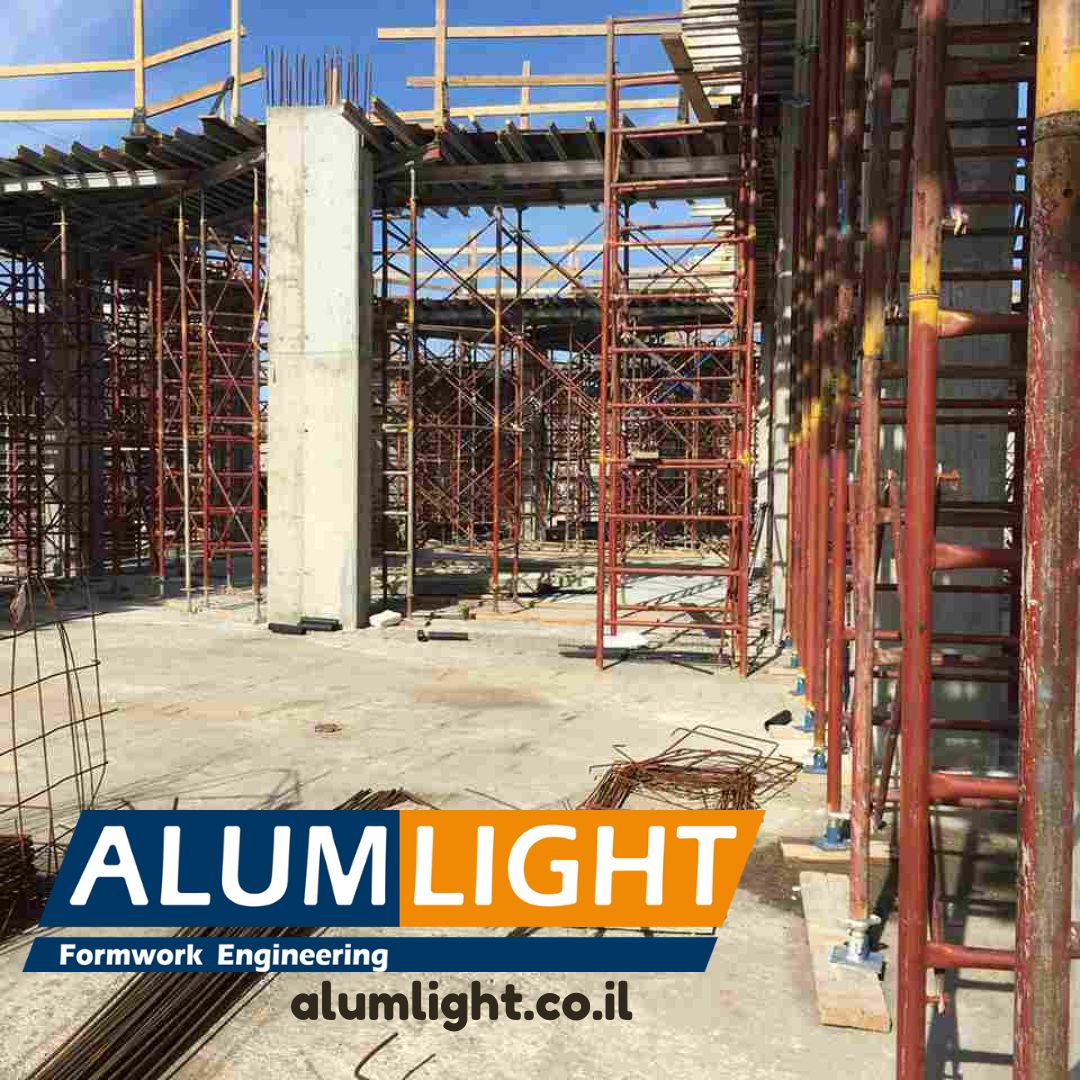Formwork Techniques and Material Science Evolution

Concrete slab formwork, an essential component of any construction job, has gone a long way since its primitive beginnings. Formwork techniques have evolved in tandem with advances in building engineering and materials research. This transition from conventional methods to contemporary, sophisticated systems has transformed the way we approach concrete construction.
Traditional Formwork: The Building Foundation
1. Wooden Formwork: Ingenuity and Craftsmanship
Working with Wood
Timber was the primary formwork material in the early days of construction. To make concrete molds, skilled carpenters precisely molded and joined wooden panels. Although labor-intensive, this technology lay the groundwork for current formwork engineering.
2. Plywood Formwork: The Beginning of Flexibility
Pioneers of Plywood
With the arrival of plywood, formwork construction gained a new degree of versatility. Its flat surface made it possible to apply high-quality concrete treatments. Plywood formwork was a huge step forward in terms of structural soundness as well as aesthetic appeal.
Aluminum Revolution: Shaping the Future
1. Aluminium’s Lightweight and Durable Advantage
Aluminium Engineering
A revolutionary period in concrete construction began with the introduction of the aluminium formwork system. The lightweight yet strong properties of aluminum changed formwork engineering. Because of its toughness and corrosion resistance, it was an excellent choice for applications demanding precision and endurance.
2. Modular Aluminium Formwork for Systematic Efficiency
Panels with high precision
The modular design of modern aluminium formwork systems distinguishes them. Precision-crafted interlocking panels allow for quick assembly and disassembly. This technology cuts construction time and labor costs dramatically, making it a favoured alternative for large-scale projects.
Engineering Excellence: Today’s Formwork
1. Engineered Plastics in Formwork: Beyond Aluminium
The Polymer Revolution
Engineered polymers have recently been introduced as an alternative to traditional materials as a result of recent breakthroughs. These high-strength polymers are lightweight, long-lasting, and corrosion-resistant, providing distinct advantages in certain building settings.
2. Smart Formwork: Digital Construction Integration
Design Based on Data
The digital age has arrived in formwork engineering. Formwork can be precisely planned using computer-aided design (CAD) and building information modeling (BIM) tools. This technology-driven strategy improves precision and efficiency while reducing material waste.
Formwork Technology Innovations for the Future
1. Robotics and Automation: A Look Into the Future
Automating Formwork
As technology advances, we should expect to see the incorporation of robotics and automation in formwork building. Robotic methods will improve precision, speed, and safety while pushing the limits of what is possible in concrete construction.
2. Sustainable Formwork: Green Future Solutions

Engineering for the Environment
The future of formwork is dependent on sustainability. Engineers are investigating environmentally friendly materials and methods to lessen the environmental impact of construction projects. Reusable formwork techniques and bio-based materials are among the innovations leading the way for a more sustainable business.
Conclusion
To summarize, the evolution of concrete slab formwork demonstrates the fluid character of building engineering. Each level offers a breakthrough in efficiency, safety, and structural integrity, from the artistry of timber formwork to the accuracy of current aluminum systems.
One thing is certain as we stand on the verge of a new age in formwork technology: the future contains even more exciting possibilities for the building sector. Materials, digital integration, and environmental advances are poised to usher in a revolution in how we shape the world around us.

